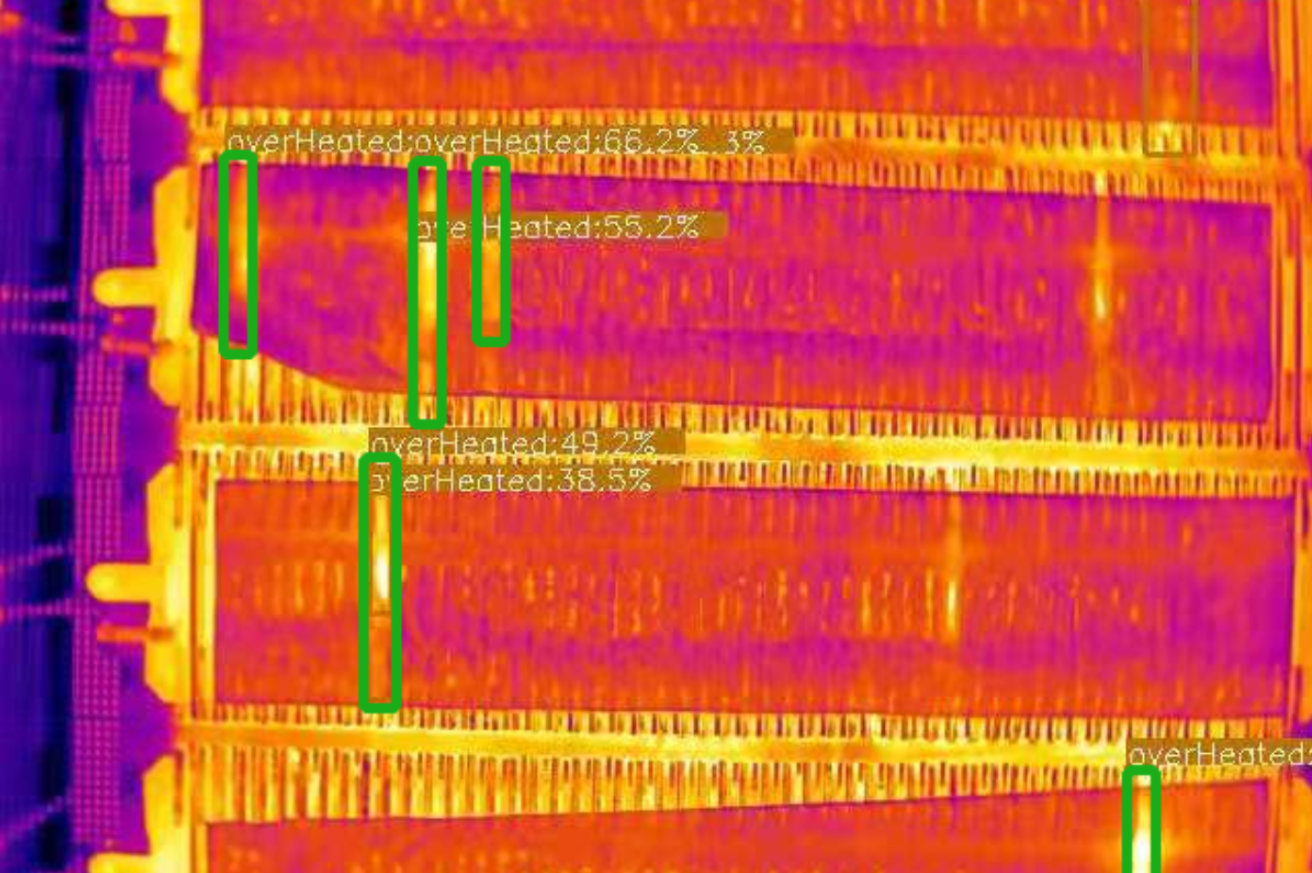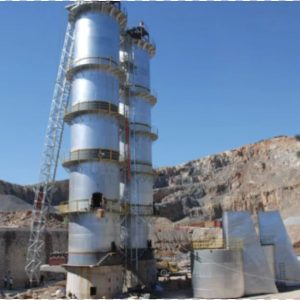

Background
During the accumulation of cathode copper in the electrolytic cell, local short circuits sometimes occur, which will cause a large amount of power loss and high temperature, seriously affecting the normal production of cathode copper. At present, manual detection and other methods are generally used to detect the occurrence of short circuits, which have problems such as low detection efficiency, high labor intensity of workers, and harm to health. Therefore, timely detection and accurate positioning of the short circuit fault of the plate in the electrolytic cell has become one of the important conditions for electrolytic copper production. It is related to power efficiency and product quality. The traditional operation method is inefficient and has safety hazards. After a short circuit fault occurs in the plate of the electrolytic cell, the temperature rises sharply. By using thermal cameras to fully monitor the electrolytic cell, the short-circuited plate can be accurately detected and located, greatly improving the detection efficiency.
Advantagies

infrared thermal imaging technology Real-time monitoring and fault location efficiency Safety assurance

The Problem:Rotary kilns can develop invisible hot spots that lead to:✔ Sudden shutdowns costing $50,000+ per day✔ Dangerous refractory explosions✔ Wasted energy from uneven heating How Thermal Imaging Small Devices Help:These handheld tools act like "heat stethoscopes" for kilns: Spot trouble areas in 10 us from safe distances ...

infrared thermal imaging Real-time temperature monitoring Predictive maintenance Improve product quality Safety warning function